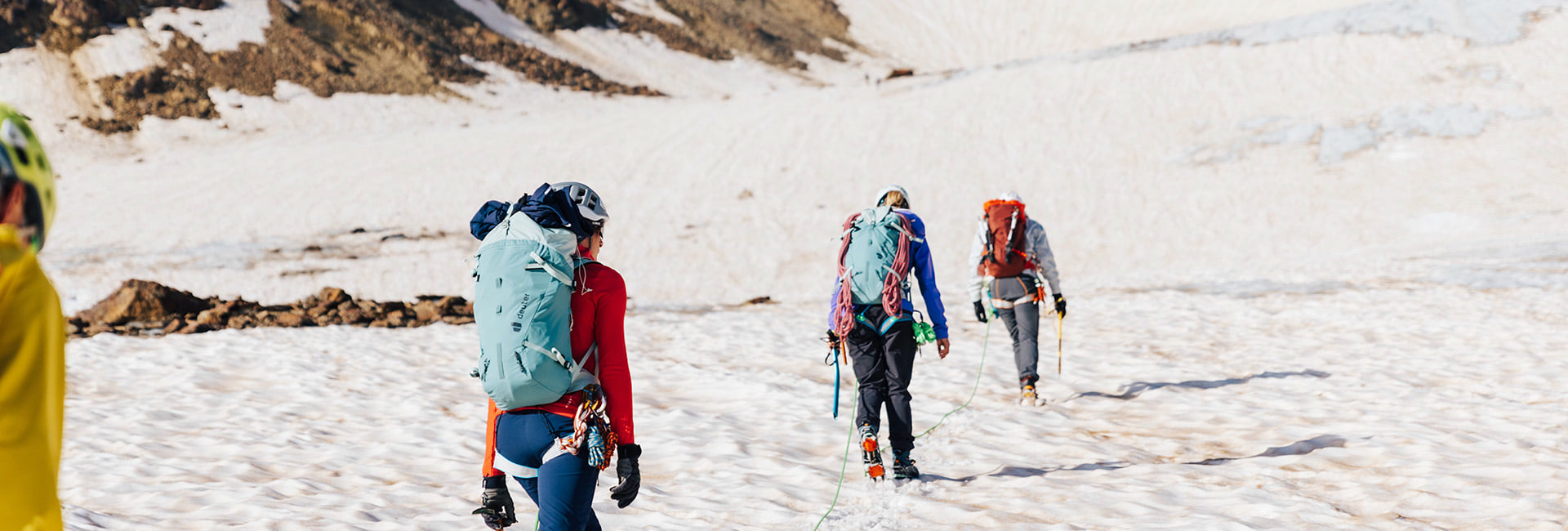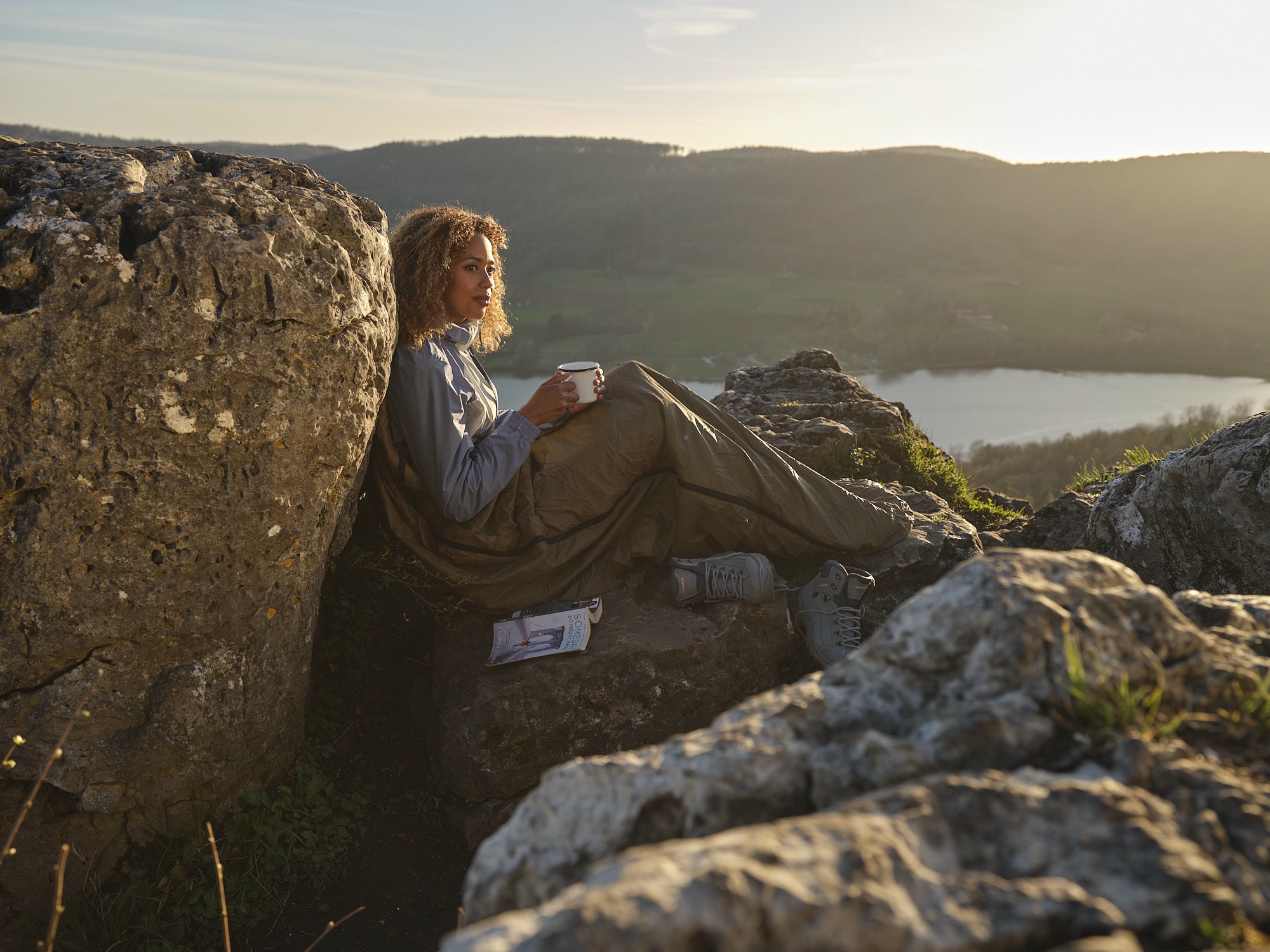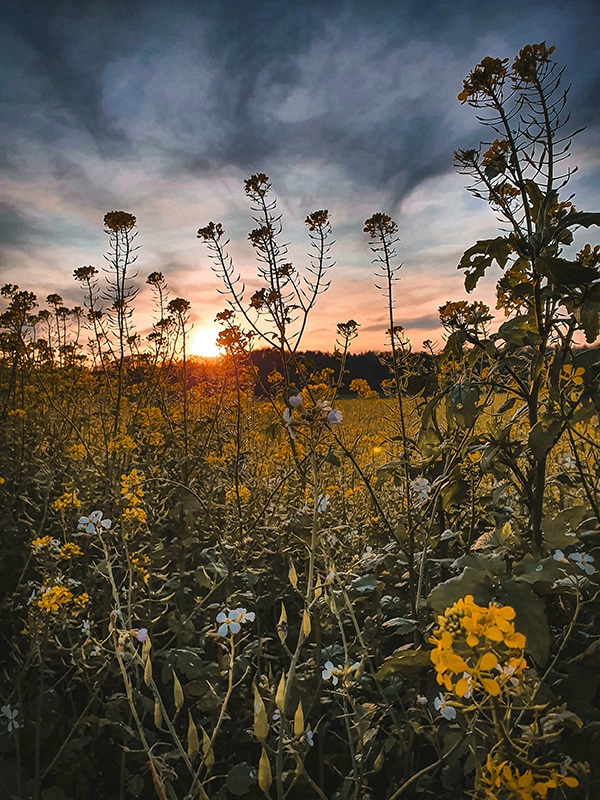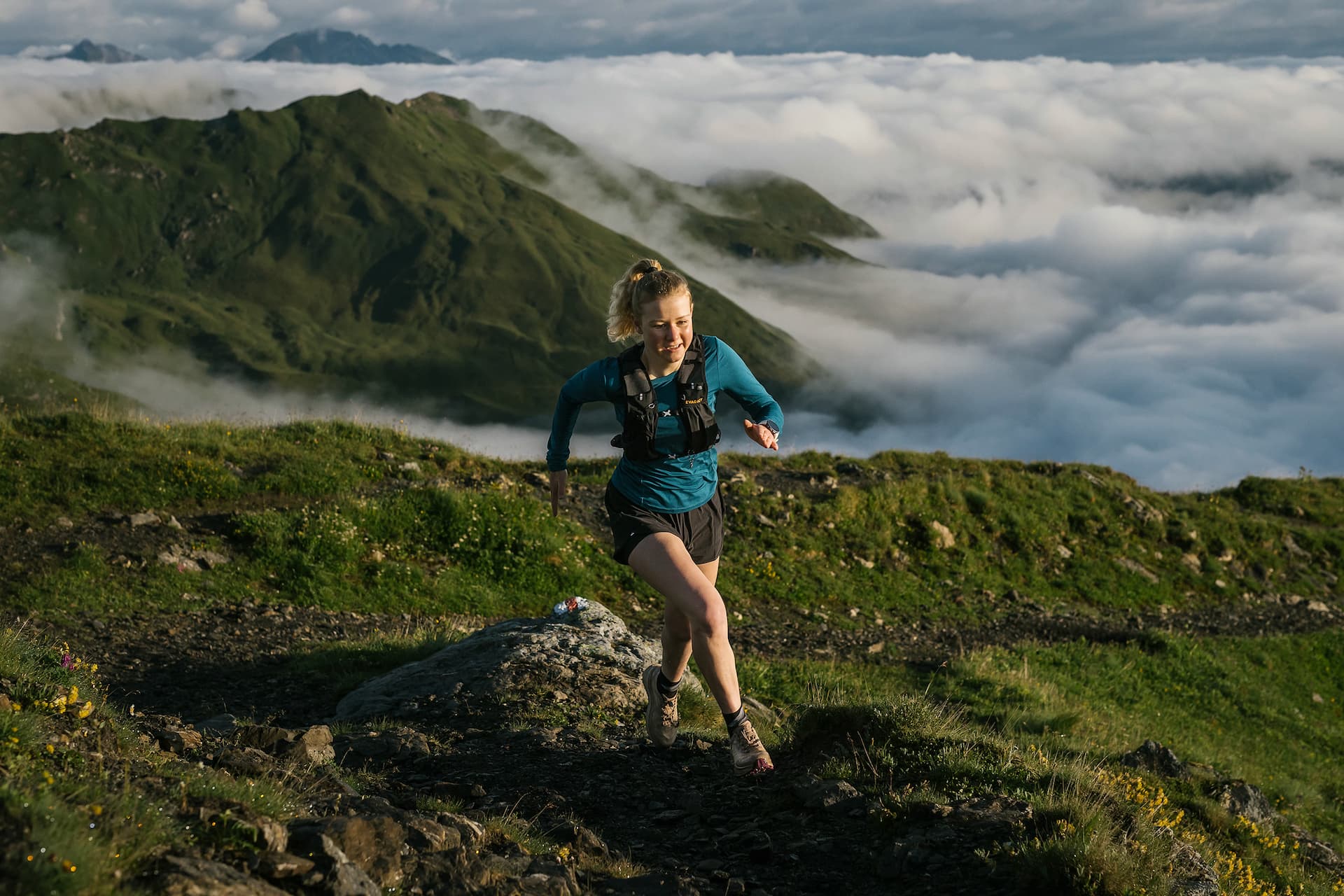In order to be prepared for everything along the way and to really enjoy the hike, you should always have the following equipment with you on a snowshoe hike:
-
Hiking boots
-
Snowshoes
-
Hiking or ski poles with large plates
-
Clothing suitable for the weather
-
Hiking rucksack with sufficient food
-
Emergency equipment incl. mobile phone (first aid kit, rescue blanket, avalanche transceiver, avalanche probe, avalanche shovel, headlamp)








































